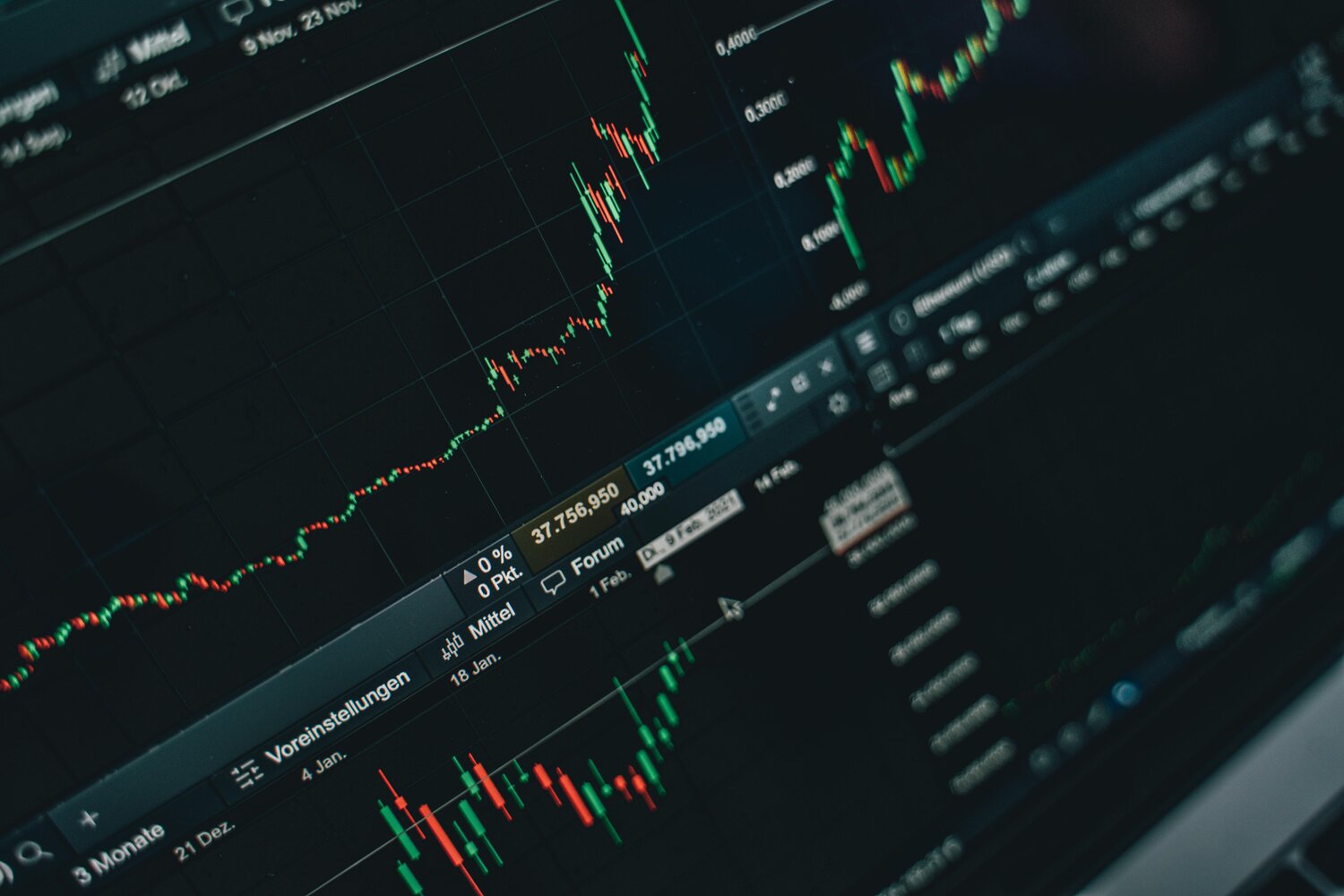In professional markets, emission trading and carbon trading are often used interchangeably, but they describe different layers of the system. For speculative desks, understanding this distinction is crucial because it shapes strategy design, instrument selection, and risk protocols.
Emission trading: the regulatory framework
Emission trading refers to the policy-driven compliance structures that cap emissions and define obligations. The most prominent example is the EU Emissions Trading System (EU ETS), which covers approximately 40% of Europe’s emissions.
Under these frameworks:
- Regulators set an annual emissions cap, which declines over time to tighten supply.
- Companies must surrender allowances matching their verified emissions.
- Allowances are acquired through free allocations, auctions, or market purchases.
The system is designed to gradually reduce total emissions while providing regulated companies with flexibility in their compliance. Compliance desks focus on meeting these obligations predictably and at the lowest cost, rather than speculating on price direction.
Carbon trading: the market layer
By contrast, carbon trading describes the active buying, selling, and hedging of allowances and derivatives, often by speculative participants.
This market layer includes:
- Spot trading for immediate settlement.
- Futures and options on EU Allowances (EUAs) and Aviation Allowances (EUAAs).
- Spread and curve strategies aimed at capturing price dislocations.
Most speculative desks operate primarily in this segment, leveraging liquidity on exchanges like EEX Leipzig and ICE Futures Europe to express views on carbon price volatility, forward curve shape, or cross-commodity correlations.
Instruments and markets involved
The core instruments traded in speculative carbon strategies are EUA futures and options. These contracts are valued for their:
- Standardisation and transparent settlement terms.
- Deep liquidity, especially around quarterly compliance deadlines and auction dates.
- Compatibility with collateral frameworks and margin optimisation.
However, liquidity can be highly variable. For example:
- Daily spot trading volumes can average €3 billion.
- Futures trading can be ten times higher on active days.
- Liquidity thins out dramatically in low-demand periods, increasing slippage risk.
Desks must proactively plan execution around these cycles to avoid price distortions and unexpected spread widening.
Market dynamics and volatility drivers
Carbon prices are shaped by a unique blend of compliance demand, policy signals, and speculative flows. Some of the main volatility drivers include:
- Auction timing: Large tranches of allowances can temporarily flood the market and soften prices.
- Policy announcements: News about cap adjustments, free allocation changes, or schemes like the EU’s Carbon Border Adjustment Mechanism (CBAM) can reprice expectations overnight.
- Energy correlations: Shifts in power and gas prices often influence EUA demand, especially as utilities hedge emissions exposure in parallel with fuel procurement.
Because these factors frequently converge unexpectedly, speculative strategies require disciplined scenario planning and clear execution rules.
Use cases for speculative strategies
Speculative desks engage in carbon trading for multiple objectives beyond compliance. Common approaches include:
Curve positioning
The EUA forward curve often shifts between contango and backwardation, reflecting expectations about future scarcity or surplus. For example:
- Long front-month/short deferred spreads to capture near-term tightening.
- Reverse positions when policy or oversupply forecasts favour longer-dated strength.
These curve trades require continuous monitoring of auction schedules, industrial output, and inventory trends to avoid unintended exposures.
Volatility breakout trading
Around auctions or major policy events, carbon prices often compress into tight ranges before explosive moves. Desks prepare by:
- Mapping historical volatility ranges and likely breakout thresholds.
- Adjusting size and risk parameters to match expected volatility.
- Using cross-market signals from power and gas to validate directional bias.
Volatility breakout strategies using TA
Technical analysis is particularly effective for managing carbon and emission trading setups, providing objective frameworks when liquidity is thin. For example, institutional desks will:
- Identify support and resistance levels that define trade triggers.
- Use Average True Range (ATR) bands to estimate volatility and calibrate position sizing.
- Confirm breakouts with sustained closes above prior highs and volume expansion, rather than reacting to the first impulse move.
A comprehensive technical analysis course enables desks to build action triggers that only set off when multiple criteria align, thereby reducing the risk of being caught in false breakouts.
Compliance vs speculation: Where your desk fits
Your approach to carbon markets depends on whether your desk is structured for compliance or alpha generation:
- Compliance desks focus on predictable cost containment—staging purchases over time, benchmarking execution to spot averages, and avoiding unnecessary exposure.
- Speculative desks aim to monetise volatility and curve distortions, accepting higher risk to outperform.
Knowing where your team sits on this spectrum determines everything from execution style to performance metrics.
Why speculative desks need execution-ready TA
Carbon markets can gap multiple percentage points in minutes, especially during auctions or sudden regulatory developments. Unlike more mature commodities, liquidity in EUA and EUAA contracts is episodic, creating risks for discretionary execution.
Without disciplined processes, even experienced desks risk:
- Chasing late-stage breakouts after most of the move has occurred.
- Getting trapped in reversals as prices overshoot thin liquidity pockets.
- Misjudging liquidity conditions around auction settlements or low-volume periods.
Execution-ready technical analysis solves these challenges by providing a structured framework to:
- Define entries and exits in advance, based on clear support, resistance, and momentum thresholds.
- Measure volatility, using ATR and volume overlays to size trades and set stops appropriately.
- Maintain discipline, ensuring capital is only deployed when setups meet pre-agreed criteria—no matter how compelling the narrative.
When integrated correctly, this process becomes a shared language that aligns traders, analysts, and risk managers in real time.
Navigate energy markets with structure
Whether you’re trading curve spreads, timing directional breakouts, or managing auction-driven volatility, success in energy trading requires a systematic approach that combines scenario planning, technical precision, and risk discipline.
Clever Markets supports speculative desks with proven TA-driven strategies across EUA and EUAA contracts, helping you build clarity, manage risk, and trade with confidence in Europe’s most dynamic commodity markets.
Get a free personalised technical analysis audit today and see how a structured process can enhance your desk’s carbon trading performance.
